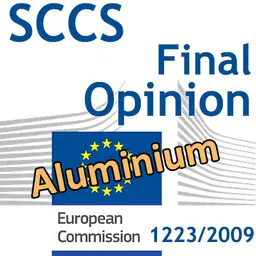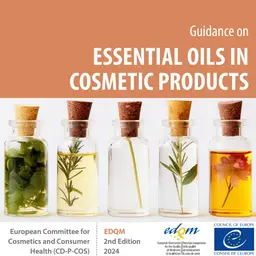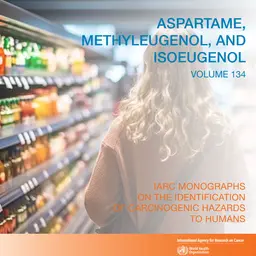
Since 2019, the BfR (German Federal Institute for Risk Assessment) has been alerting about excessive exposure of the population to aluminium, which can have serious health implications. And despite the now definitive Opinion of the SCCS (European Scientific Committee for Consumer Safety) that the use of aluminium at concentrations of 6.25% and 10.60% respectively in non-spray and spay antiperspirants is safe, the BfR continued to question the actual amount of aluminium that is actually absorbed through the skin. Following the evaluation of a new human study, the German Institute now supports the opinion of European experts.
BfR Press Release
Consumers can take up aluminium compounds from various sources, including antiperspirants containing aluminium. As stated in the BfR Opinion of 2019 (045/2019) on aluminium intake, the total burden resulting from all sources of exposure is too high in some population groups.
This finding is not affected by the current reassessment of the contribution of aluminium chlorohydrate in antiperspirants, a product group that is used daily. Their contribution to the total aluminium burden is significantly lower than previously assumed. This is the result of the current risk assessment by the German Federal Institute for Risk Assessment (BfR).
BfR President Professor Dr. Andreas Hensel said: “Significantly less aluminium is absorbed through skin than previously calculated on the basis of the limited data available at the time.”
BfR assessed absorption via the skin, i.e. dermal absorption, of aluminium salts for the first time in 2014. “At that time, we pointed out the substantial scientific uncertainty surrounding the data and drew attention to the urgent need for research,”” continued Hensel.
In the meantime, two human studies addressing those data gaps were conducted in 2016 and 2019. Only the latter was able to produce findings to support reassessment. Therefore, reliable data …
















